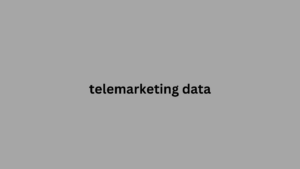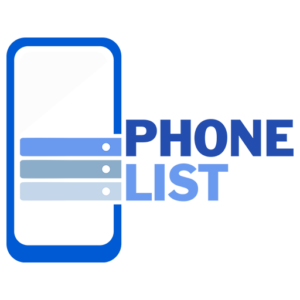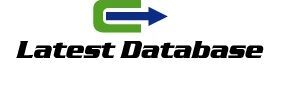We know that in B2B business, there are no new sales without leads, and that landing pages are the gateway for prospects to enter our company.
According to a study by Marketing Sherpa, lead generation campaigns 68% of B2B companies use landing pages to harvest new sales opportunities for the future.
But for a lead generation campaign to be effective, the landing page must basically achieve 3 things:
Be relevant
Provide security
Don’t ask for too much in return
Be Relevant
Apparently our “lead brain”
Is pretty lazy and doesn’t like to work too much. That’s why we simply scan the information on the page following what is known as the “F” pattern. We prioritize what we see at the top and to the left of the screen.
If what we see does not match our search lead generation campaigns pattern (remember that a landing page basically serves to respond to a user’s search) it simply will not be interesting to us and we will leave the page having read less than 30% of the words that compose it (according to a study by Nielsen Norman Group).
In short, if I were publishing a landing page right now, I would make sure it follows the F pattern Provide Security.
In this sense, the report recommends using elements that help generate this feeling of security, such as:
Customer Testimonials
Logos of clients we have worked with
Site Security Badges
Ratings from Better Business Bureau and telemarketing data similar organizations
Industry awards and recognition.
It is worth checking these elements before publishing our landing page.
Don’t ask for too much in return:
One of the most new zealand is an important market for common mistakes in B2B landing pages is making long forms. The B2B lead generation process is not a “one shot”: there must be multiple points of contact with the prospect, uae phone number so we can take advantage of these touch points to provide value that allows us to gradually obtain other contact information.
To request data on the lead capture landing page, we must use the -5 fields rule, putting the most important data we need in the first 3.
It is also important to pay attention to the field styles that we choose for the form, for example the report recommends some:
If you have a short list of mutually exclusive options, use a radio button instead of a drop-down menu. This helps users scan faster.
Use checkboxes when users can select multiple values at once.
When you need a single selection from a few options, use a drop-down menu.
Only select a default value when you are sure that the vast majority of users will select that option, and make sure it is clearly labeled.
The moment of truth: The user votes with the click (or the tap)
When launching the landing page to the market, the SalesForce Pardot report gives us some tips, below are the ones we find most relevant:
Headline: Let’s keep it short and with an immediate benefit to the reader.
Offer:
Let’s experiment with free ebooks, product demos, free consultations, and other resources or content that your customers find relevant.
Images: Let’s try using a photo of the cover of the ebook we’re giving away, a related illustration, or an image of your product.
Form length: If your form is too long, try removing some required fields and see if this improves conversions. (It probably will.)
Don’t consider the process over when they’ve completed the form. Put a lot of care and attention into creating thank you pages and email messages to users who complete the form.
And finally, let’s not leave our leads adrift. We must cultivate them, nurture them, so that they recognize us, remember us and when the need arises, buy from us!







